Развлекательные туры в Нью-Йорк
3-часовой тур (Нижний Манхэттен)
В огромном городе Нью-Йорке, где вы начинаете исследовать? Что вы должны увидеть? Отбросьте свои тяжелые путеводители и позвольте вашему личному гиду, знающему жителю Нью-Йорка, вести вас. После встречи в отеле просто откиньтесь на спинку кресла в своем просторном внедорожнике и наслаждайтесь поездкой. Вы сможете выйти в большинстве мест, чтобы прогуляться и сделать снимки. Начните с исторической Вест-Виллидж, бывшего излюбленным местом нью-йоркской богемы, а теперь резиденцией некоторых из самых влиятельных горожан. В Сохо пройдите мимо модных магазинов и художественных галерей, а также посетите TriBeCa, место проведения ежегодного кинофестиваля, по пути слушая информативные комментарии. Вдоль реки Гудзон доберитесь до Всемирного финансового центра, где вы поразмыслите над Ground Zero и полюбуетесь Зимним садом, великолепным многоуровневым стеклянным атриумом со сводчатым сводом. Затем обратите внимание на великолепные лодки в мощеном морском порту Саут-Стрит. Пересеките Бруклинский мост, один из первых подвесных мостов в мире, построенный в 1870 году, и взгляните на потрясающий горизонт Манхэттена с набережной Бруклин-Хайтс. Полюбуйтесь еще одним великолепным подвесным сооружением — Манхэттенским мостом, которым ежедневно пользуются более 350 000 пассажиров.
В зависимости от условий движения проезжайте через Чайнатаун, где проживает самое большое китайское население в Северной Америке, и Маленькую Италию, которая может похвастаться более чем 20 историческими достопримечательностями. Узнайте о богатой иммиграционной истории района, датируемой с 1800 по 1965 год. По завершении тура ваш внедорожник доставит вас обратно в отель. Если вы выбрали 5-часовой тур (см. ниже в разделе «Маршрут»), посмотрите остальные лучшие места Нью-Йорка.
--------------------
МАРШРУТ
--------------------
Дополнительный 5-часовой тур (Нижний, Верхний и Средний Манхэттен)
После знакомства с Нижним Манхэттеном вы отправитесь в Спуйтен-Дуйвил, или Извергающий дьявол, на северной оконечности острова Манхэттен, откуда открывается потрясающий вид. Затем пройдите вниз по городской сетке и осмотрите монастыри и ферму Дайкмана, единственную сохранившуюся голландскую колониальную ферму в городе.
Доберитесь до Вашингтон-Хайтс и увидите особняк Морриса Джумела, построенный в 1765 году, самый старый дом в районе, поскольку ваш гид проливает свет на его важность во время американской революции. Проезжайте мимо стадиона Янки и парка Ракер, а затем отправляйтесь в парк Морнингсайд и Колумбийский университет. В готическом соборе Святого Иоанна Богослова посмотрите на Фонтан мира, бронзовую скульптуру высотой 40 футов (12 метров).
Узнайте о романе Нью-Йорка с джазом, проезжая мимо Cotton Club, статуи Дюка Эллингтона и путешествуя по 125-й улице, «Главной улице» Гарлема. Может быть, пришло время перекусить в Red Rooster, названном в честь бара в Гарлеме и популярного среди местных жителей.
Затем отправляйтесь вниз по элегантной, усаженной деревьями Музейной миле, огибающей 5-ю авеню, где находятся первоклассные музеи и привлекательные особняки. Обратите внимание на более классическую нью-йоркскую архитектуру в Линкольн-центре и на дома из коричневого камня Верхнего Вест-Сайда.
В Мидтауне обратите внимание на Центральный вокзал в стиле изящных искусств, а также на линии и изгибы здания Крайслер в стиле ар-деко. Прогуляйтесь по Центральному парку и пройдите мимо статуи Алисы в стране чудес, зоопарка и Strawberry Fields, вдохновленных Джоном Ленноном.
Поклонник «Сайнфелда», «Секса в большом городе», «Сплетницы» или фильмов Вуди Аллена? Во время тура ваш гид указывает популярные места съемок. Если вы интересуетесь модой, получите советы о том, где делать покупки на 5-й авеню, где вы также увидите собор Святого Патрика, впечатляющий образец архитектуры американского готического возрождения.
Завершите свой тур в Рокфеллер-центре и посетите Radio City Music Hall, 30 Rock и студию Today Show, прежде чем отправиться обратно в отель.
 Уникальный опыт
Уникальный опыт
 Путешествия и транспортные услуги
Путешествия и транспортные услуги
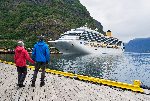 Туры, экскурсии и круизы
Туры, экскурсии и круизы
 Билеты и пропуска
Билеты и пропуска
 Билеты и абонементы на спортивные мероприятия
Билеты и абонементы на спортивные мероприятия
 Малая группа
Малая группа
 Сезонные и особые случаи
Сезонные и особые случаи
 Санитарные меры приняты
Санитарные меры приняты
 Занятия на улице
Занятия на улице
 Вероятность продажи
Вероятность продажи
 ЛГБТ-дружественные туры
ЛГБТ-дружественные туры
 Подходит для детей
Подходит для детей
 Включает животных
Включает животных
 Удобно избегать скопления людей
Удобно избегать скопления людей
 Еда, напиток
Еда, напиток
 Превосходное качество
Превосходное качество
 Классы и семинары
Классы и семинары
 Лучшая конверсия
Лучшая конверсия
 Аудиогиды
Аудиогиды
 Искусство и культура
Искусство и культура
 Виатор Плюс
Виатор Плюс
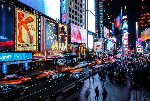 Sustainable Tours
Sustainable Tours
 Limousine Transfers
Limousine Transfers
 Donut Walking Tour
Donut Walking Tour
 Virtual Experiences
Virtual Experiences
 Additional fees
Additional fees
 DSA non-compliant
DSA non-compliant




 ru
ru
 English
English
 French
French
 Polish
Polish
 Ukrainian
Ukrainian
 Serbian
Serbian
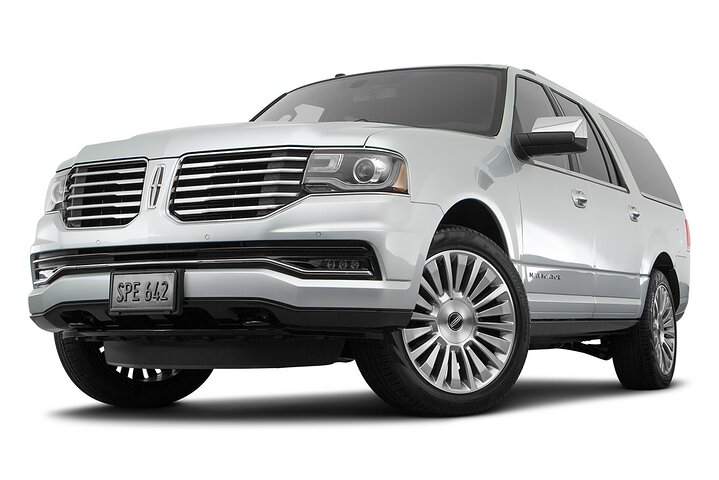

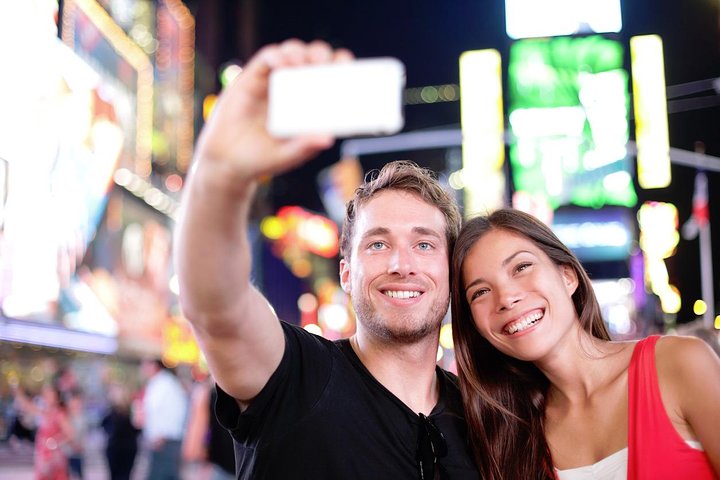
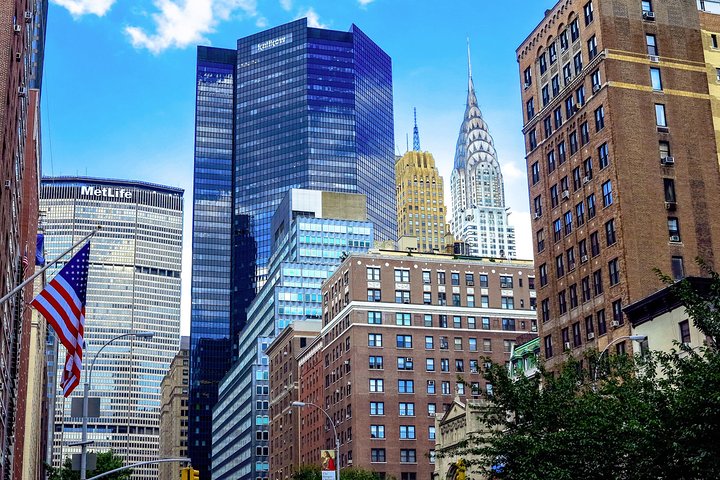
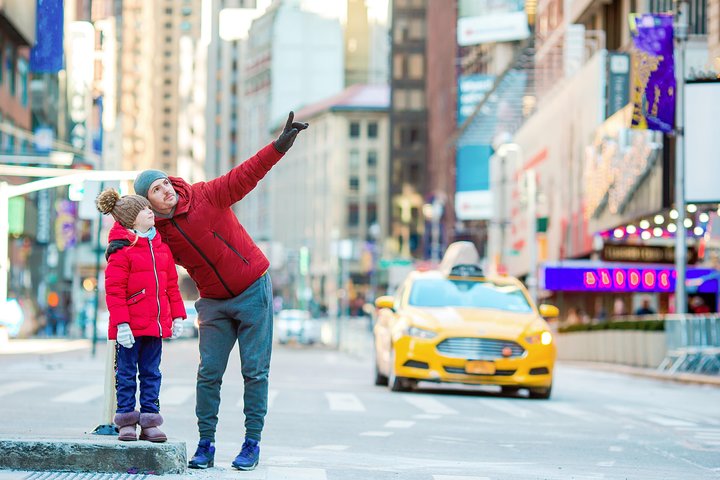

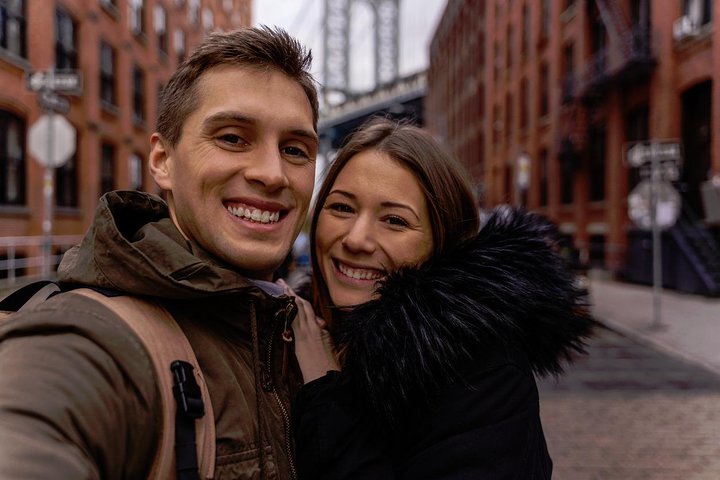


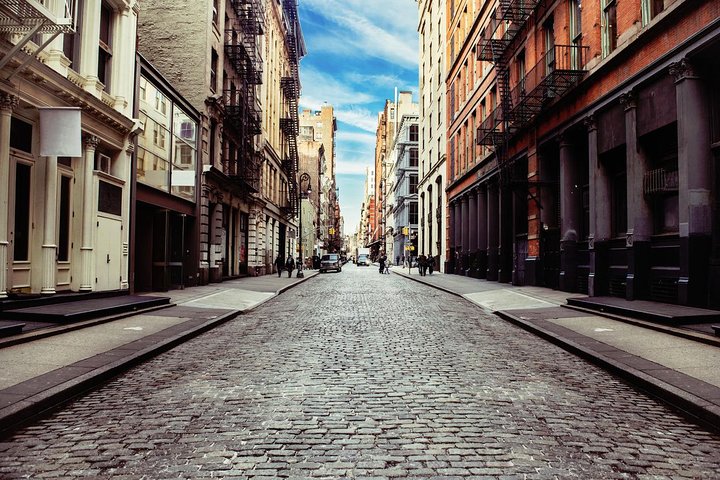
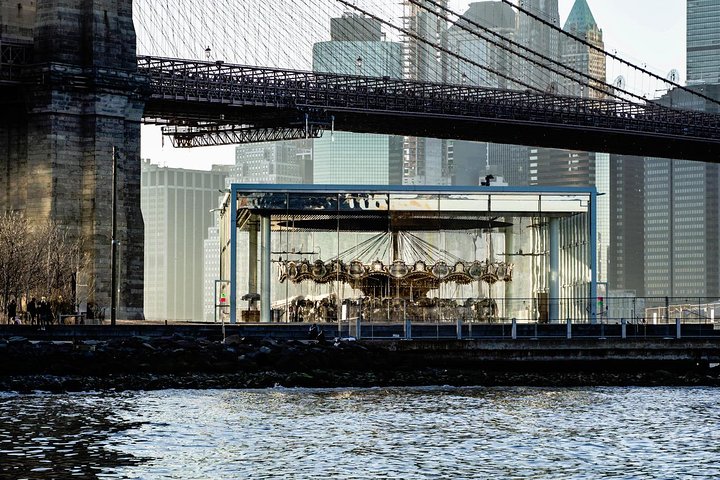
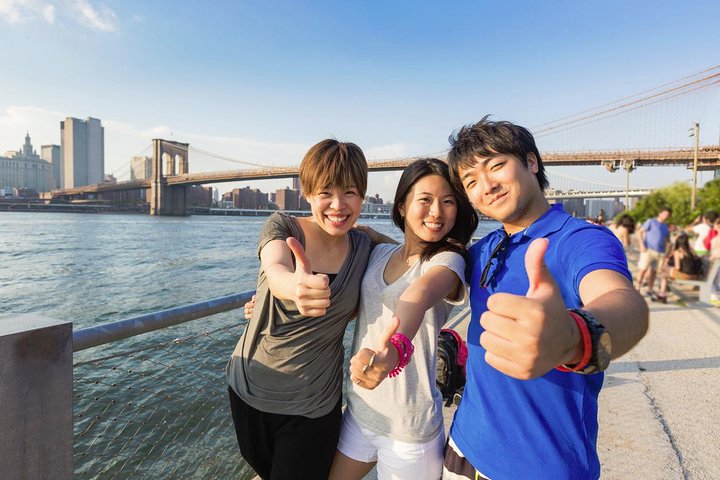
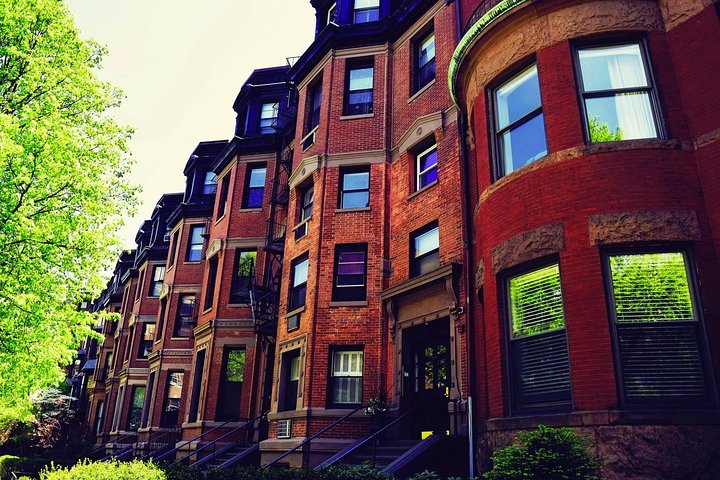
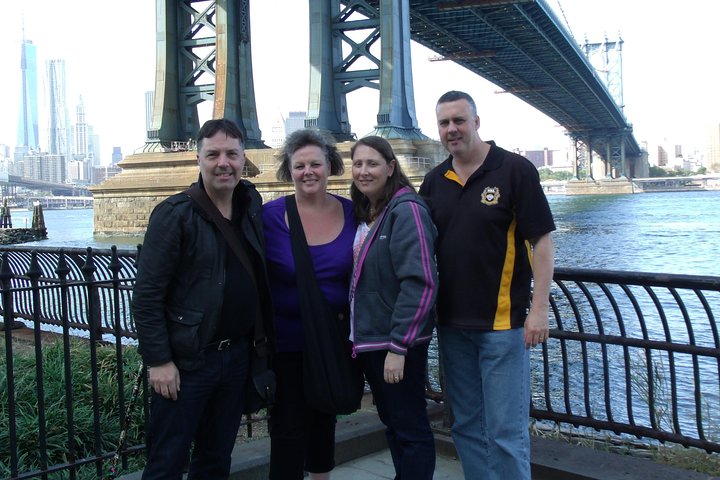
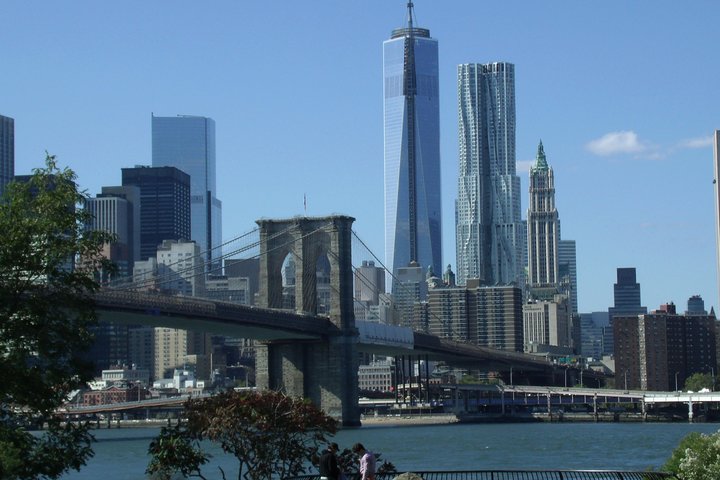
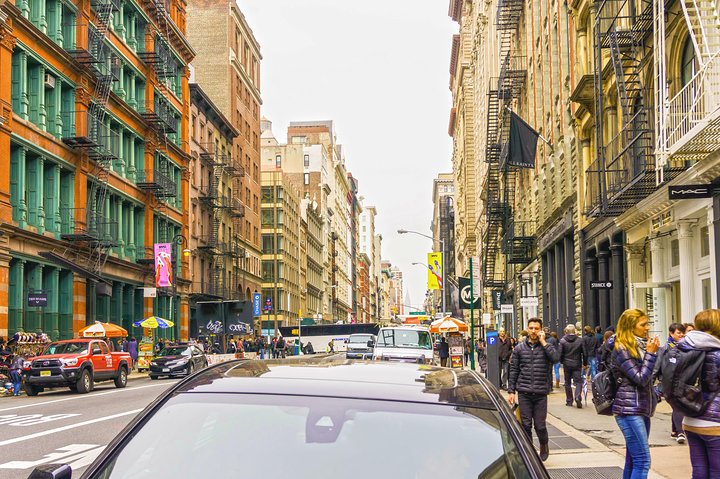
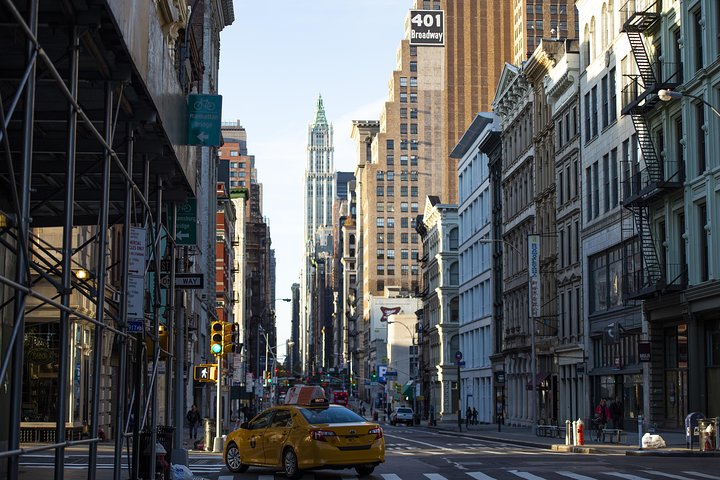
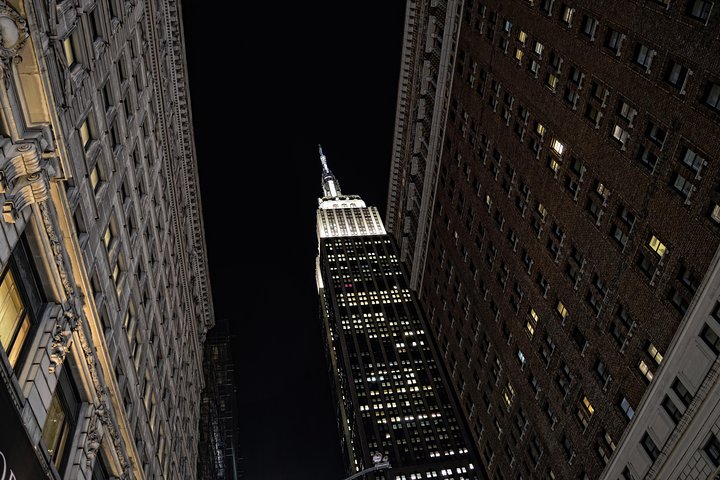

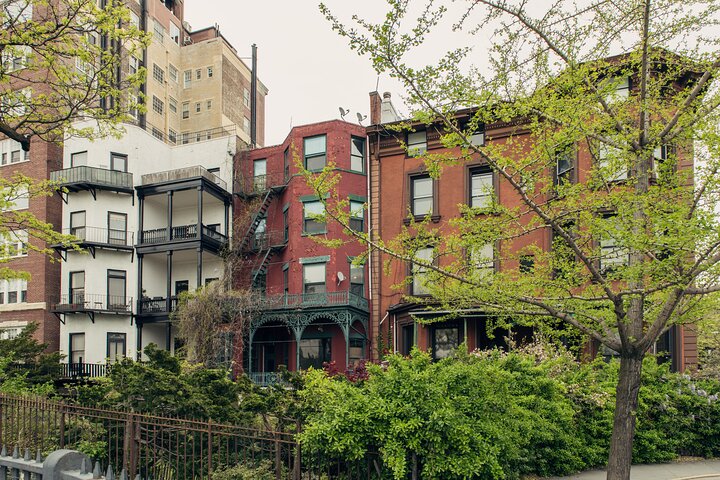
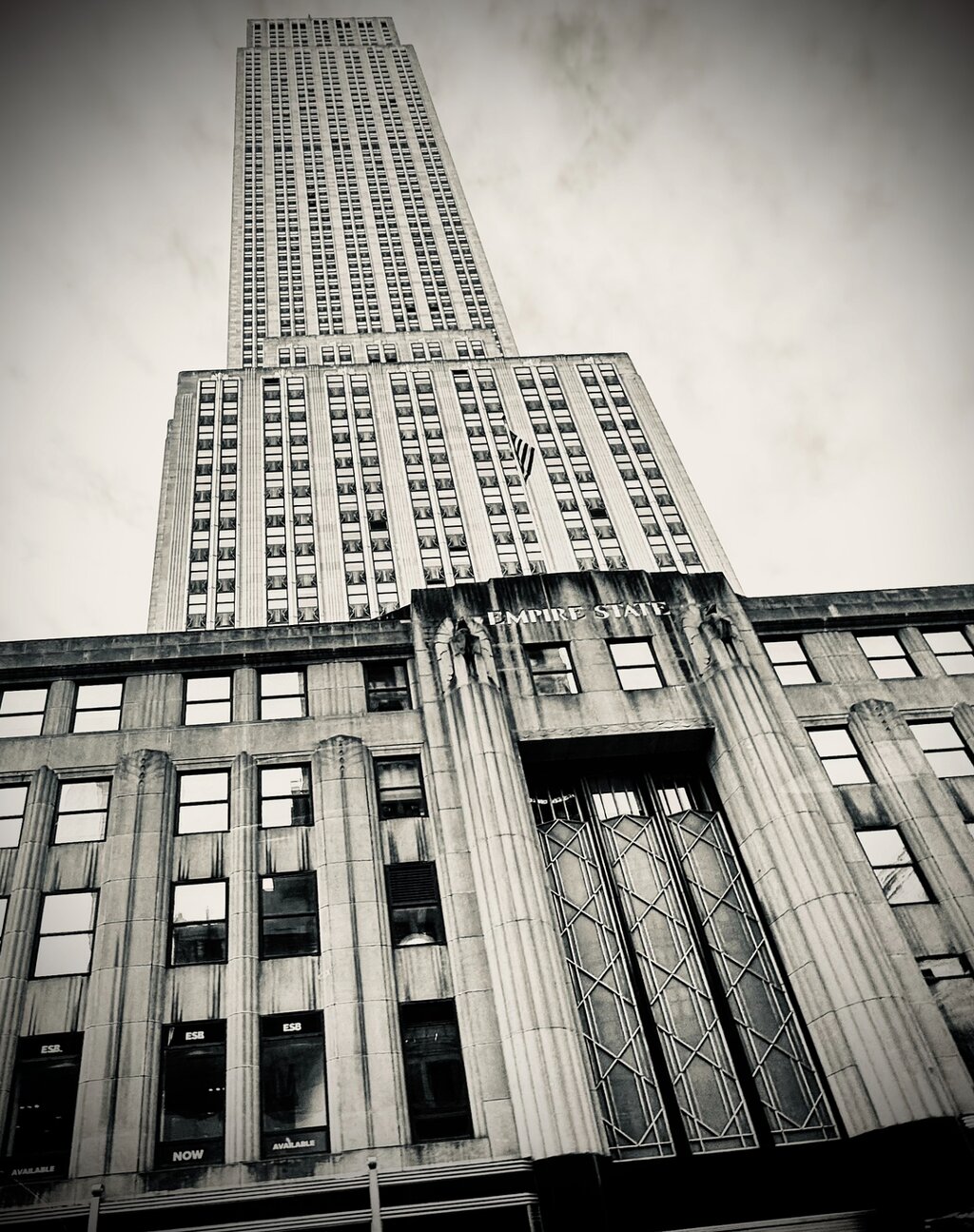
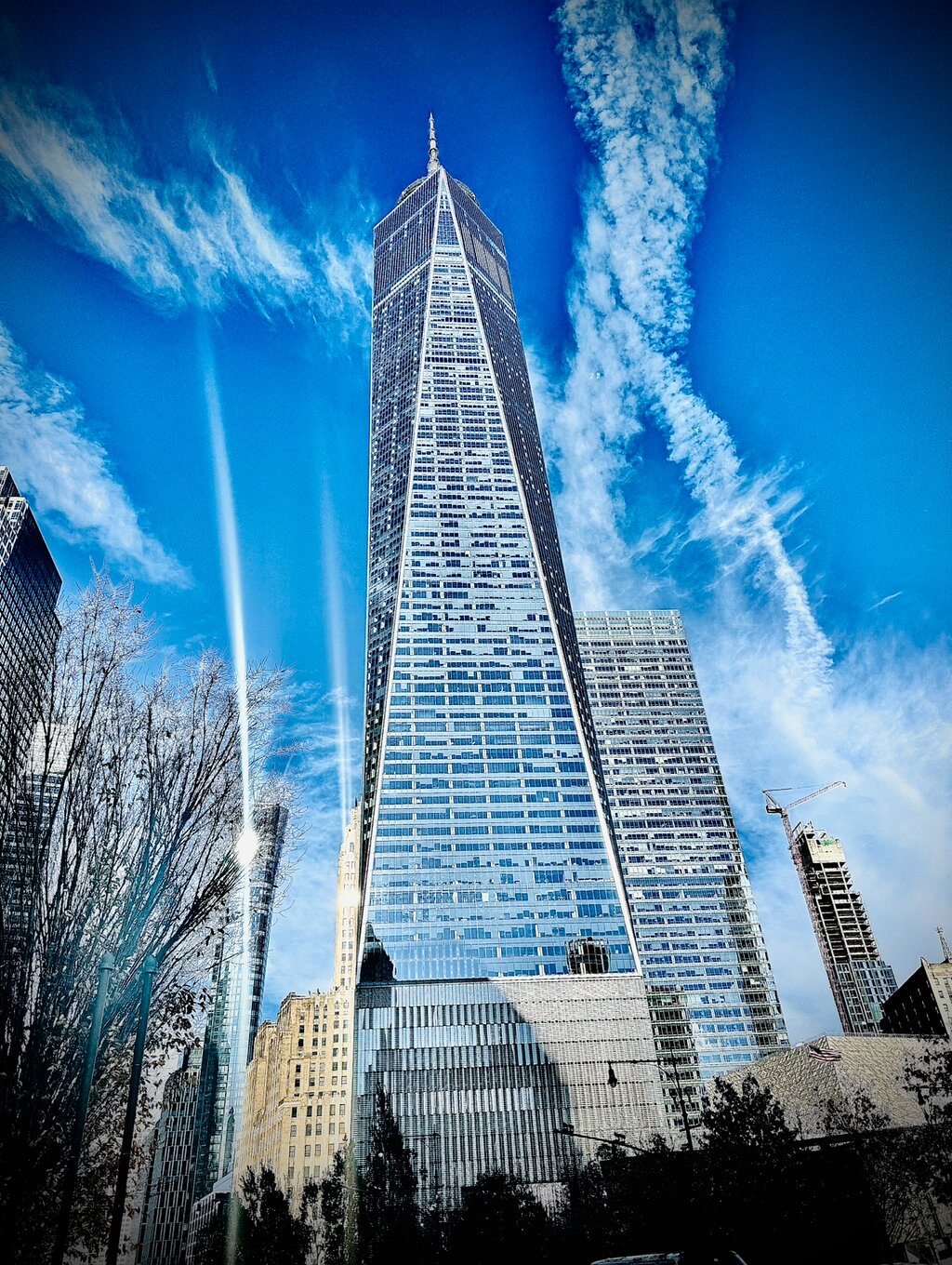

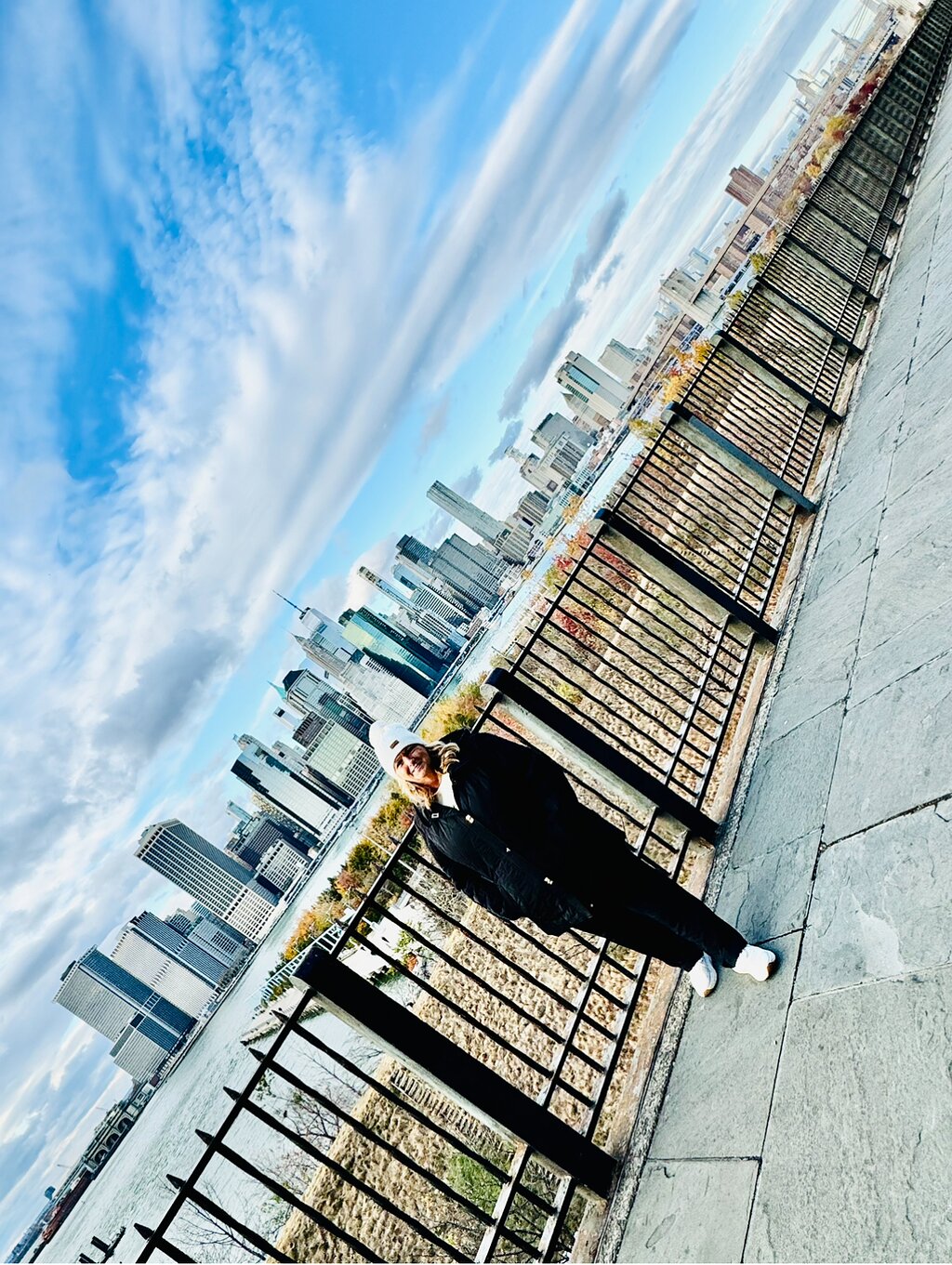




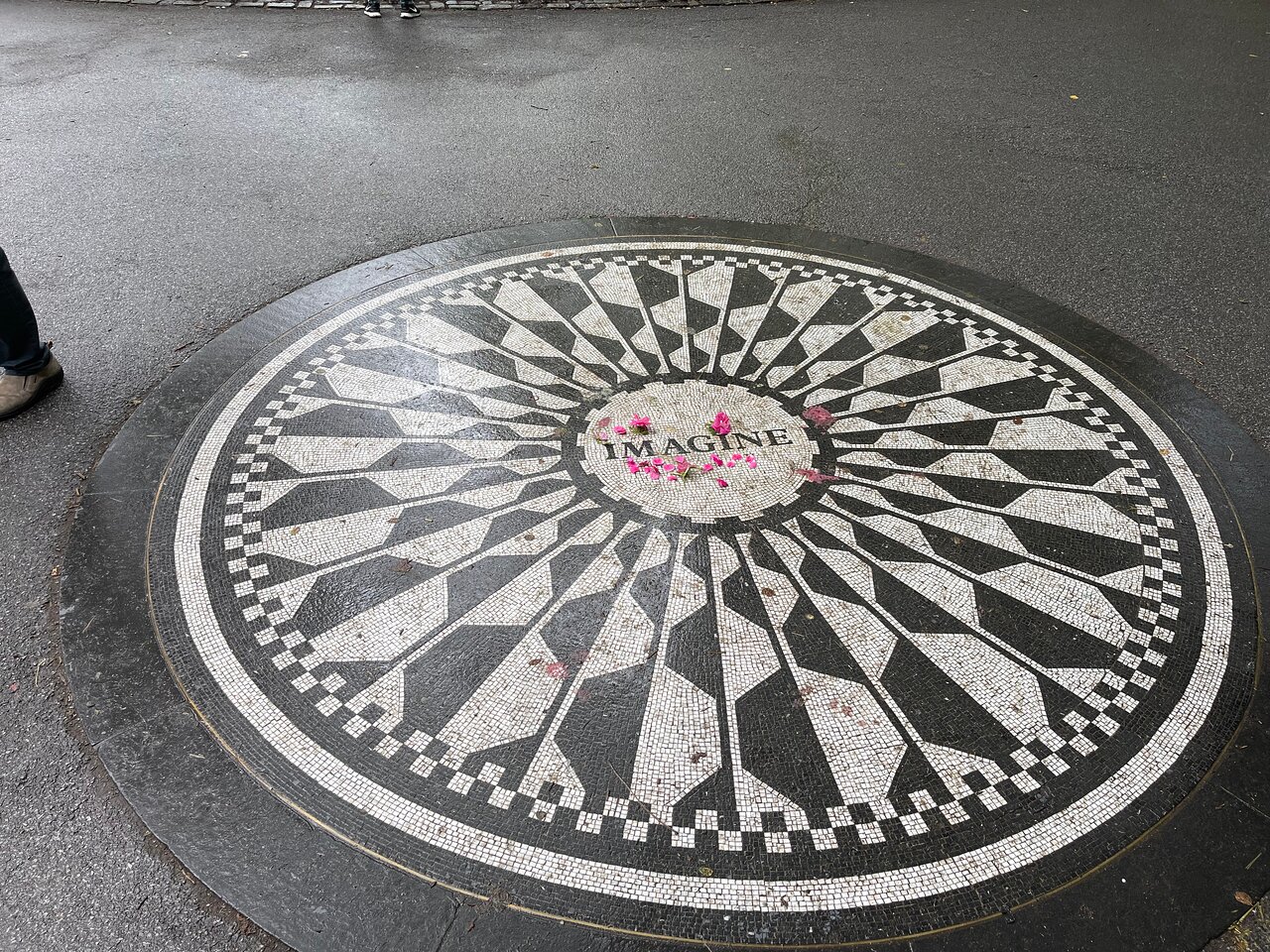

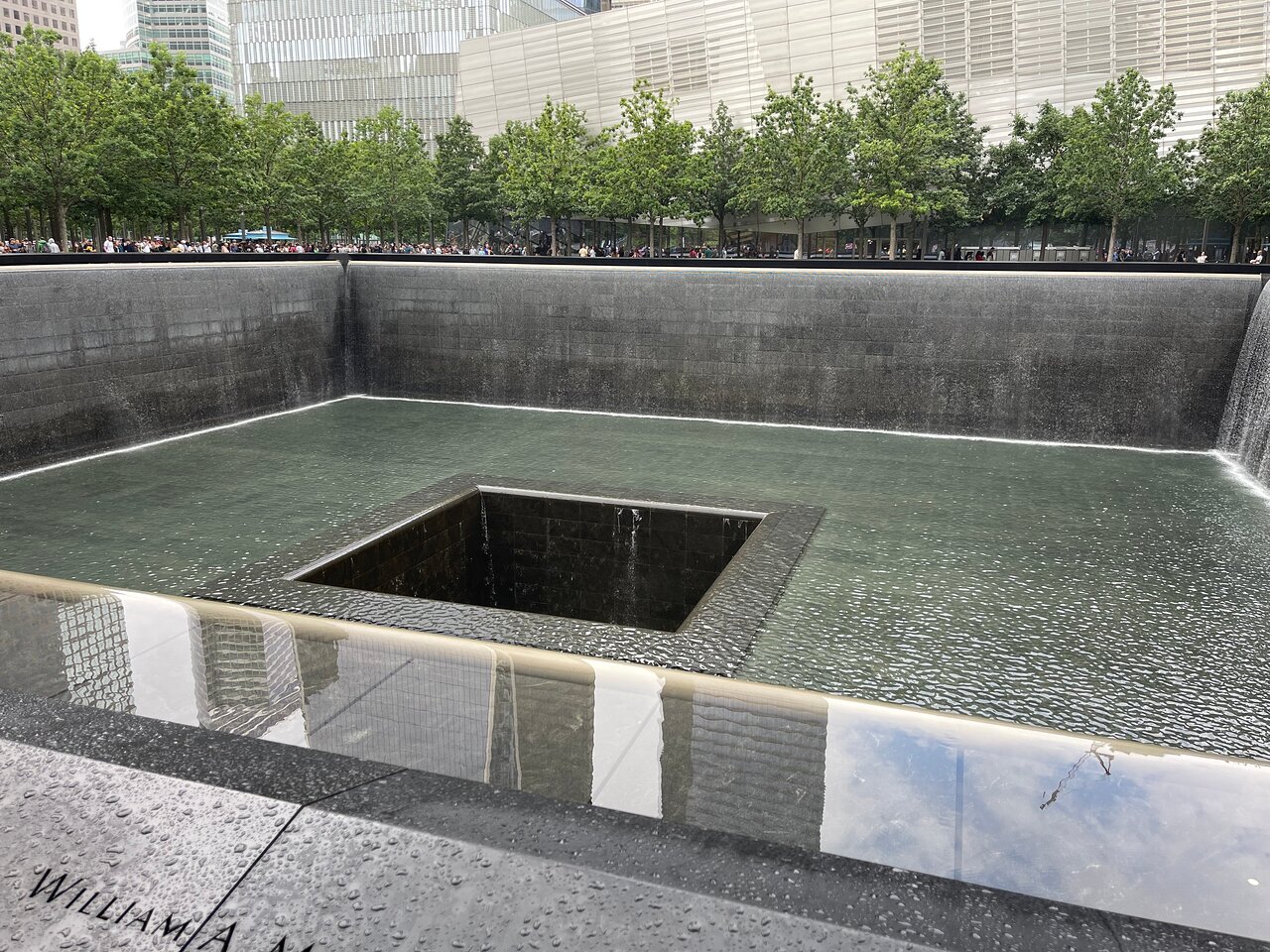
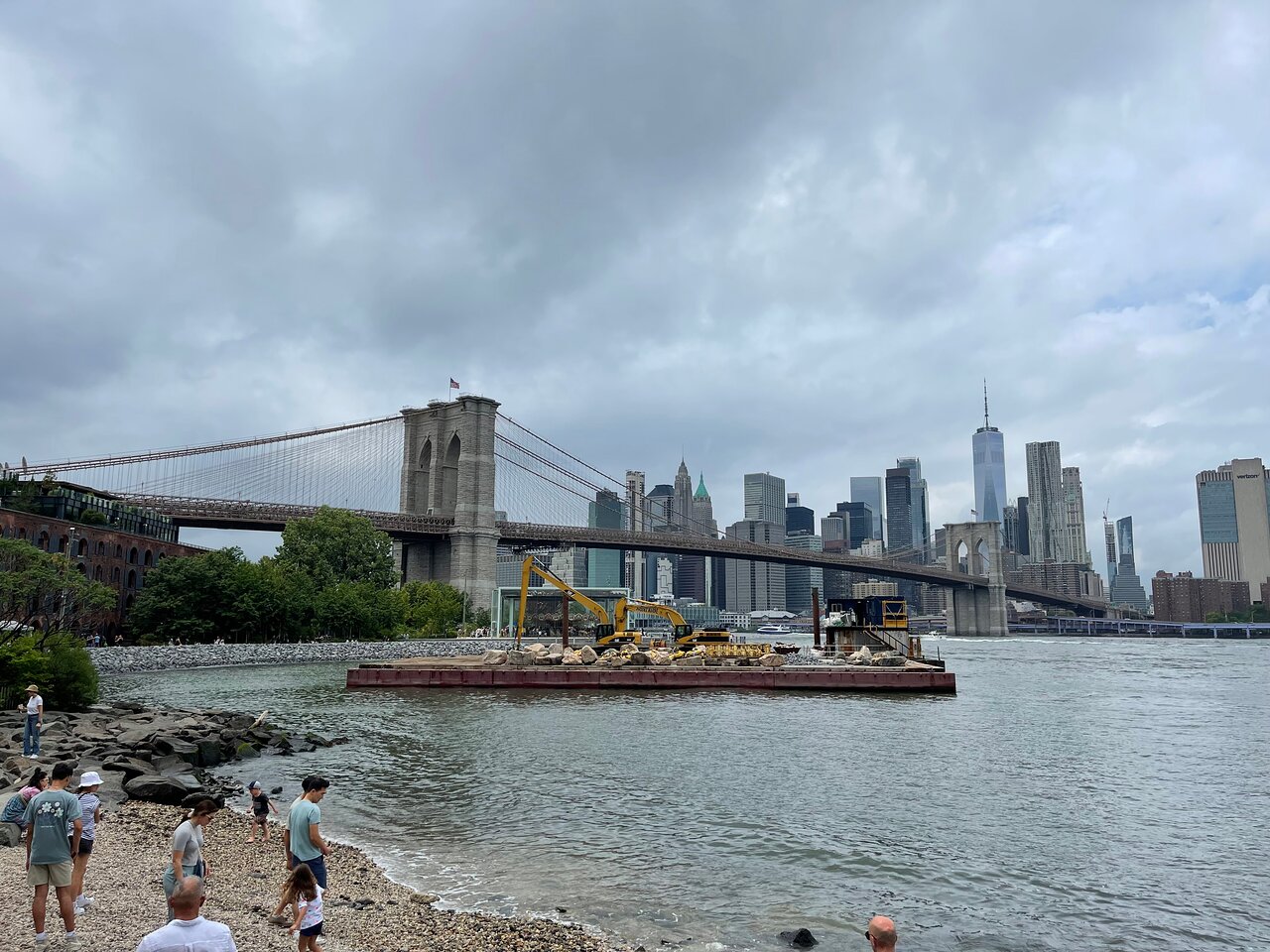
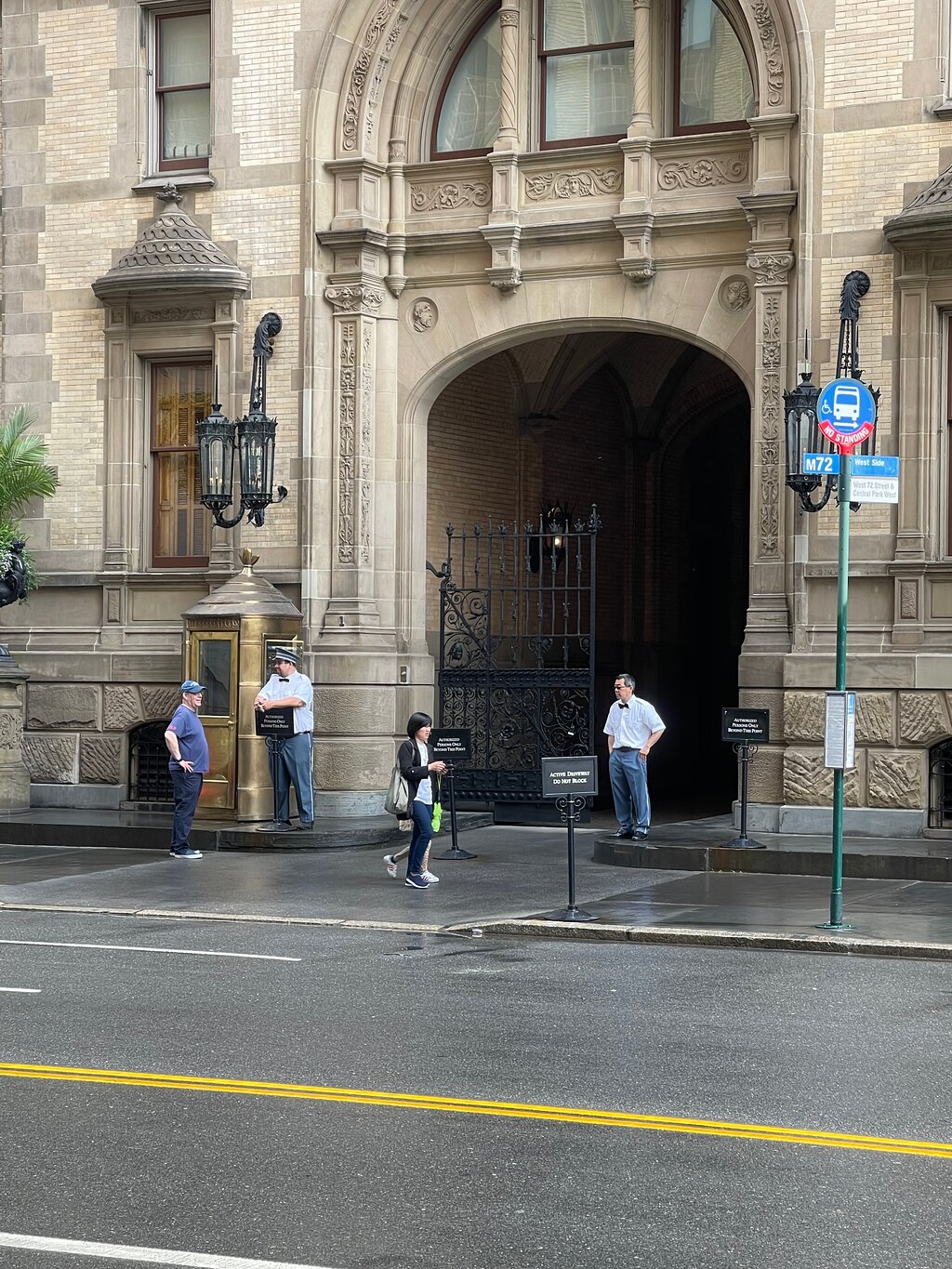


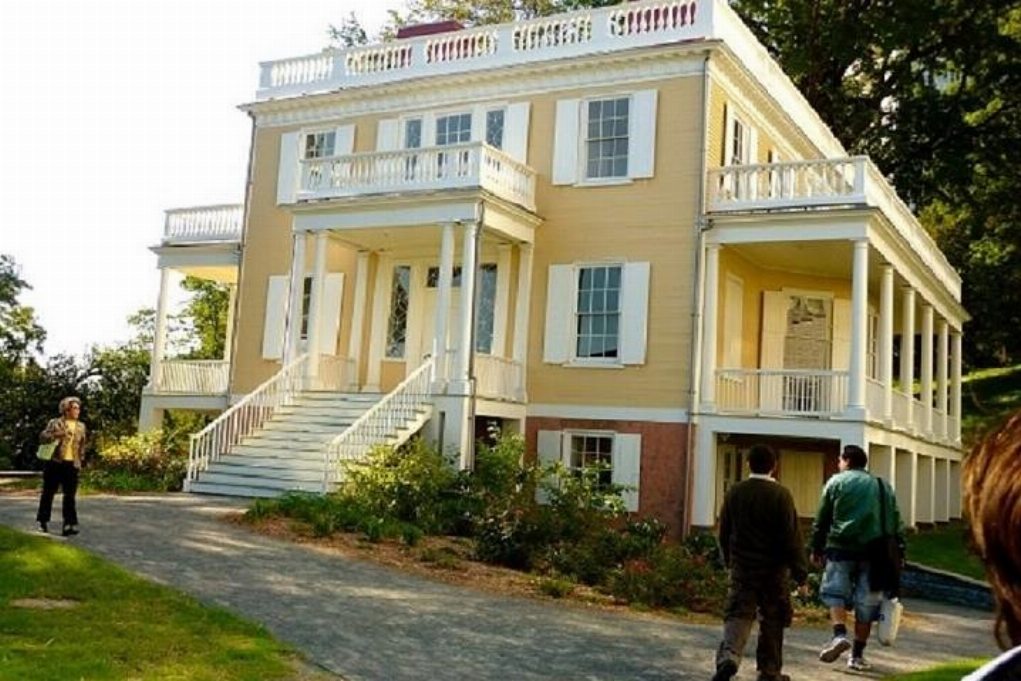

 Более
Более

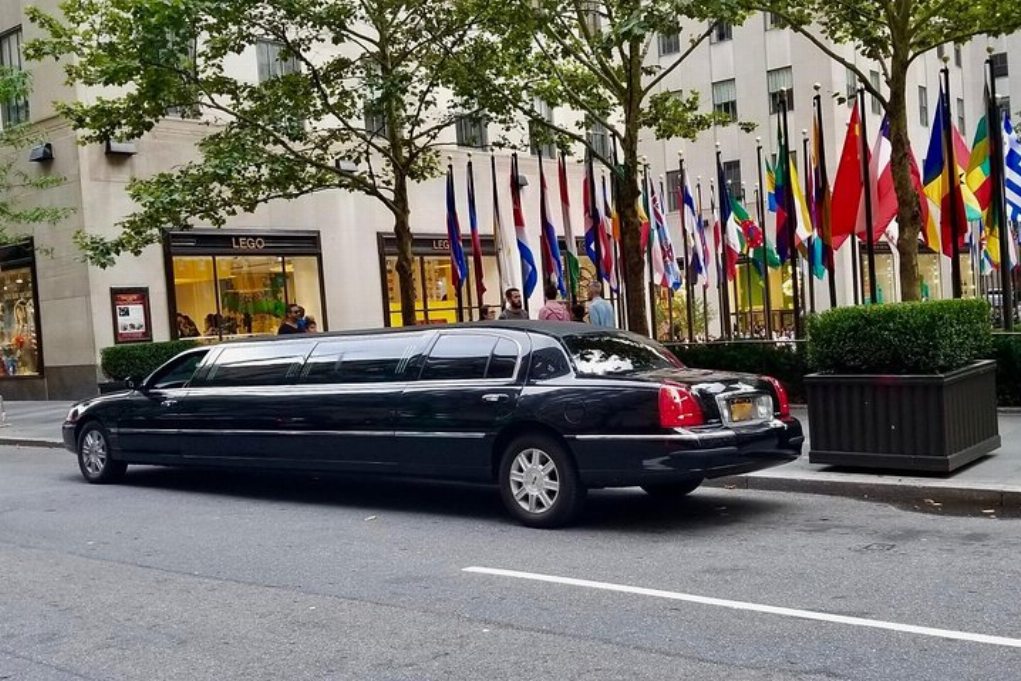



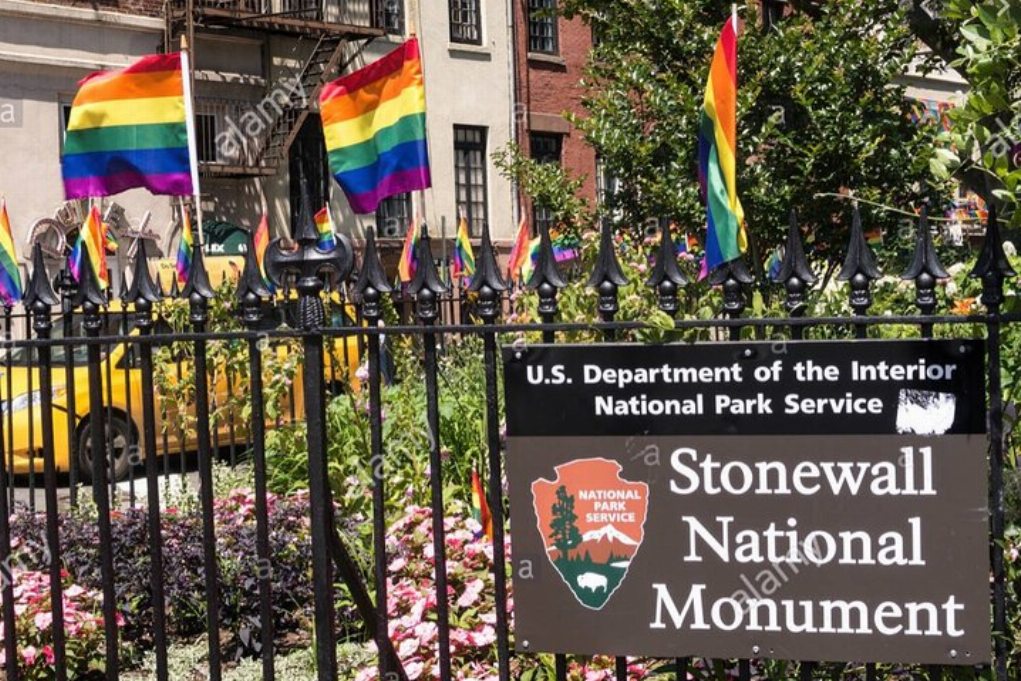

 Продолжить через Google
Продолжить через Google
 Продолжить с Facebook
Продолжить с Facebook
 Продолжить с Twitter
Продолжить с Twitter

